Baozi, or Chinese steamed buns, are a beloved culinary treasure that transcends borders, captivating taste buds with their soft, pillowy exteriors and explosively flavorful fillings. While the dough’s texture is undeniably important, the true soul of a baozi lies within its filling—a symphony of ingredients harmonized by a carefully crafted blend of seasonings. The quest for the most aromatic, savory, and unforgettable filling begins with understanding the role of spices, herbs, and condiments in elevating simple ingredients into gastronomic masterpieces. This article delves into the science and art of seasoning baozi fillings, exploring traditional and innovative approaches to achieve mouthwatering results.
The Foundation of Flavor: Understanding Umami and Balance
Before diving into specific seasonings, it’s crucial to grasp the concept of umami—the fifth taste, often described as savory or meaty. Umami-rich ingredients like soy sauce, mushrooms, and fermented bean paste form the backbone of many baozi fillings, creating a depth of flavor that lingers on the palate. However, umami alone is insufficient; balance is key. A great filling must strike a harmony between salty, sweet, spicy, and aromatic notes, ensuring no single flavor dominates.
Classic Pork Fillings: Time-Tested Seasonings
Pork baozi, or zhurou baozi, are perhaps the most iconic variety. The key to their addictive taste lies in a marriage of fresh pork, aromatic ginger, and a handful of strategic seasonings:
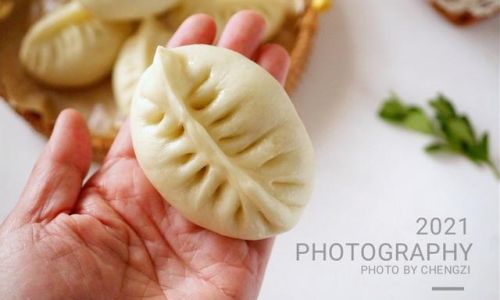
- Soy Sauce (Sheng Chou/Lao Chou): A staple in Chinese cooking, soy sauce contributes saltiness and umami. Light soy sauce (sheng chou) seasons the meat without darkening it, while dark soy sauce (lao chou) adds color and richness.
- Ginger (Jiang): Freshly grated ginger not only imparts a warm, peppery zing but also neutralizes any gamey notes in the pork.
- Sesame Oil (Zhi Ma You): Toasted sesame oil lends a nutty, aromatic finish. A little goes a long way—drizzle it sparingly to avoid overpowering other flavors.
- Shaoxing Wine (Hua Diao Jiu): This rice wine adds a subtle sweetness and acidity, tenderizing the meat while enhancing its natural flavor.
- White Pepper (Bai Hu Jiao): Ground white pepper provides a mild, floral heat that complements the pork without overwhelming.
- Sugar (Tang): A pinch of sugar balances saltiness and caramelizes during steaming, creating a hint of Maillard complexity.
Pro Tip: Marinate the pork for at least 30 minutes to allow the seasonings to penetrate the meat. For juicier results, add a tablespoon of stock or water to the mixture—the steam will keep the filling moist.
Vegetarian and Vegan Fillings: Umami Without Meat
Crafting a compelling vegetarian filling requires creativity to replicate the depth of meat-based versions. Ingredients like mushrooms, tofu, and cabbage shine when paired with:
- Fermented Black Beans (Dou Chi): These pungent, salty beans add a funky, savory punch. Rinse them before use to mellow their intensity.
- Oyster Sauce (Mu Yu Jiang): Despite its name, vegetarian oyster sauce (made from mushrooms) mimics the briny sweetness of its seafood counterpart.
- Five-Spice Powder (Wu Xiang Fen): A blend of star anise, cloves, cinnamon, Sichuan pepper, and fennel seeds, this spice mix imparts warmth and complexity.
- Soy Protein (Dou Pin): Textured vegetable protein (TVP) or wheat gluten (seitan) can mimic meat’s texture when rehydrated and seasoned.
- Chili Oil (La You): For heat lovers, a spoonful of homemade chili oil adds smokiness and depth.
Innovation: Experiment with unexpected ingredients like roasted pumpkin, chestnuts, or miso paste for unique flavor profiles.
Spicy Surprises: Elevating Fillings with Heat
For those who crave fire, spices like Sichuan peppercorns and dried chilies can transform a humble filling into a fiery delight:
- Doubanjiang (Broad Bean Paste): This fermented chili-bean paste is the soul of Sichuan cuisine, offering salty, spicy, and umami-rich layers.
- Sichuan Peppercorns (Hua Jiao): Toasted and ground, these berries create a tingling numbness (ma la) that dances on the tongue.
- Dried Red Chilies (La Jiao): Crushed or whole, they contribute smokiness and heat. Adjust quantity based on preference.
- Cumin (Zi Ran): Roasted cumin seeds add earthy, aromatic warmth, particularly in lamb or beef fillings.
Caution: Spices should enhance, not obliterate, other flavors. Use them judiciously to maintain balance.
Sweet and Savory: Unconventional Fillings
Baozi need not be strictly savory. Sweet fillings, though less common, offer a delightful contrast:
- Red Bean Paste (Dou Sha): Made from adzuki beans, sugar, and sometimes lard, this classic filling benefits from a pinch of salt to heighten sweetness.
- Black Sesame (Hei Zhi Ma): Ground sesame seeds mixed with honey or maltose create a nutty, fragrant filling.
- Custard (Nai Huang): A Cantonese specialty, this silky filling combines egg yolks, milk, and sugar. A touch of vanilla extract adds complexity.
Tip: For a modern twist, try matcha-infused custard or salted egg yolk fillings.
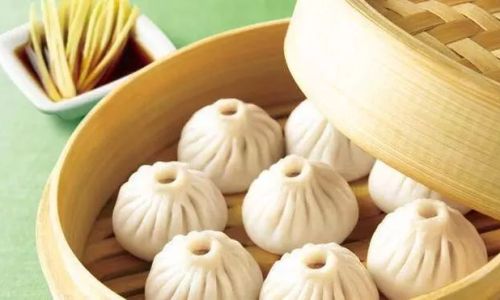
The Role of Aromatics: Ginger, Garlic, and Beyond
Aromatics form the fragrant backbone of many fillings:
- Garlic (Da Suan): Raw garlic adds pungency, while sautéed garlic mellows into sweetness. Use sparingly to avoid bitterness.
- Green Onions (Cong): Finely chopped scallions contribute freshness. Add them just before steaming to preserve their bright flavor.
- Cilantro (Xiang Cai): A divisive herb, cilantro’s citrusy notes pair well with lamb or chicken. Offer it as a garnish for those who prefer it.
Regional Variations: From North to South
China’s vast culinary landscape inspires endless filling variations:
- Northern China: Hearty fillings like pork and cabbage, seasoned with vinegar and chili flakes.
- Shanghai: Sweetened pork fillings with soy sauce and rice wine.
- Guangdong: Delicate shrimp or chicken fillings flavored with oyster sauce and white pepper.
Common Mistakes to Avoid
- Over-Seasoning: Taste as you go! Salt intensifies during cooking, so start with less and adjust gradually.
- Using Dried Herbs: Fresh ginger and garlic are non-negotiable; dried substitutes lack vibrancy.
- Skipping Marination: Even 15 minutes of marinating improves flavor penetration.
- Overmixing: Mix the filling gently to avoid toughening the meat.
The Final Touch: Steaming Technique
Even the best-seasoned filling can falter if steamed improperly:
- Use parchment liners or cabbage leaves to prevent sticking.
- Steam over high heat for 10–15 minutes (depending on size) to ensure the dough cooks through without drying out.
- Let the baozi rest for 5 minutes after steaming to prevent sogginess.
Conclusion: The Joy of Experimentation
The perfect baozi filling is a personal journey, not a fixed recipe. While tradition offers a roadmap, innovation invites culinary adventure. Mix and match seasonings, experiment with textures, and don’t fear failure—even a “mistake” might become your signature creation. Whether you prefer the timeless allure of pork and ginger or the boldness of spicy mushroom, the secret to unforgettable baozi lies in harmony: the dance of salt, sweet, heat, and umami, woven together by the alchemy of steam.
So, roll up your sleeves, sharpen your cleaver, and let your spice rack guide you. The world of baozi awaits—one flavorful bite at a time.
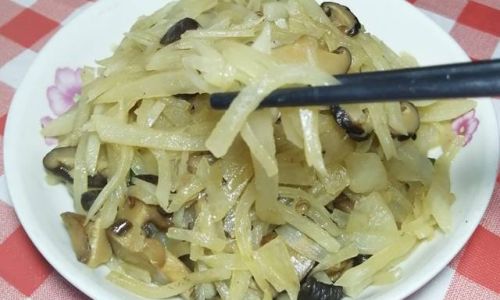
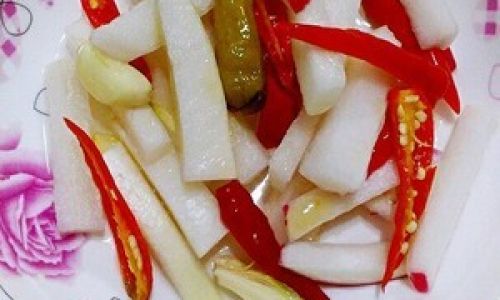
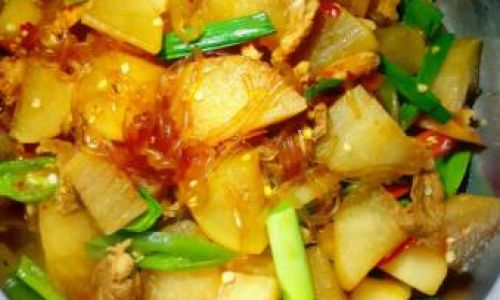



0 comments